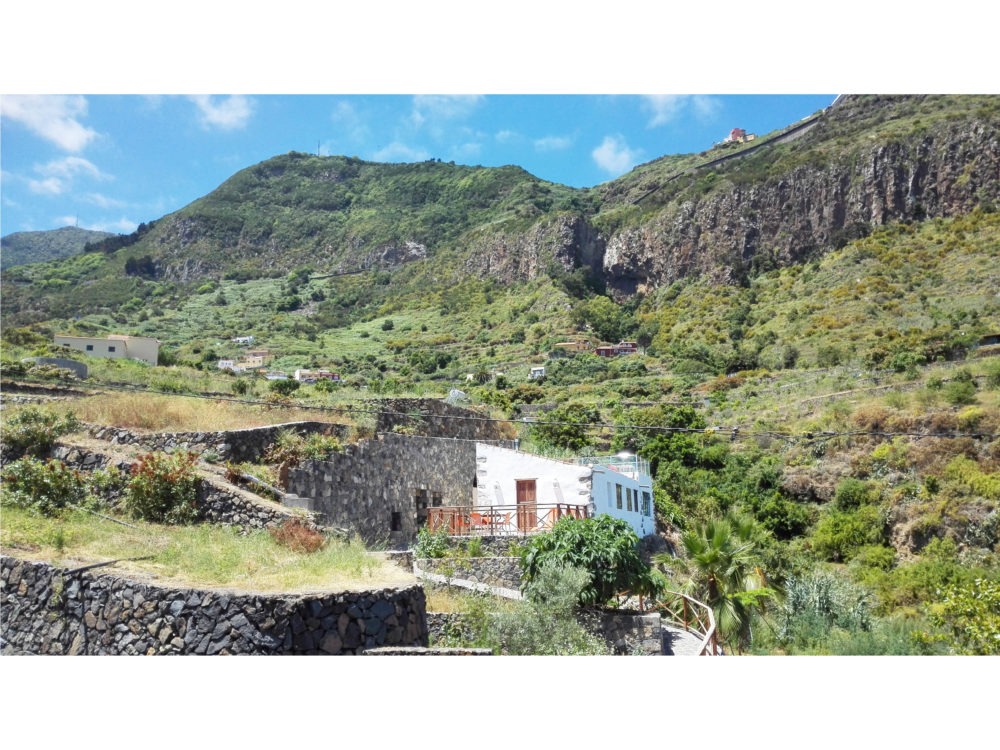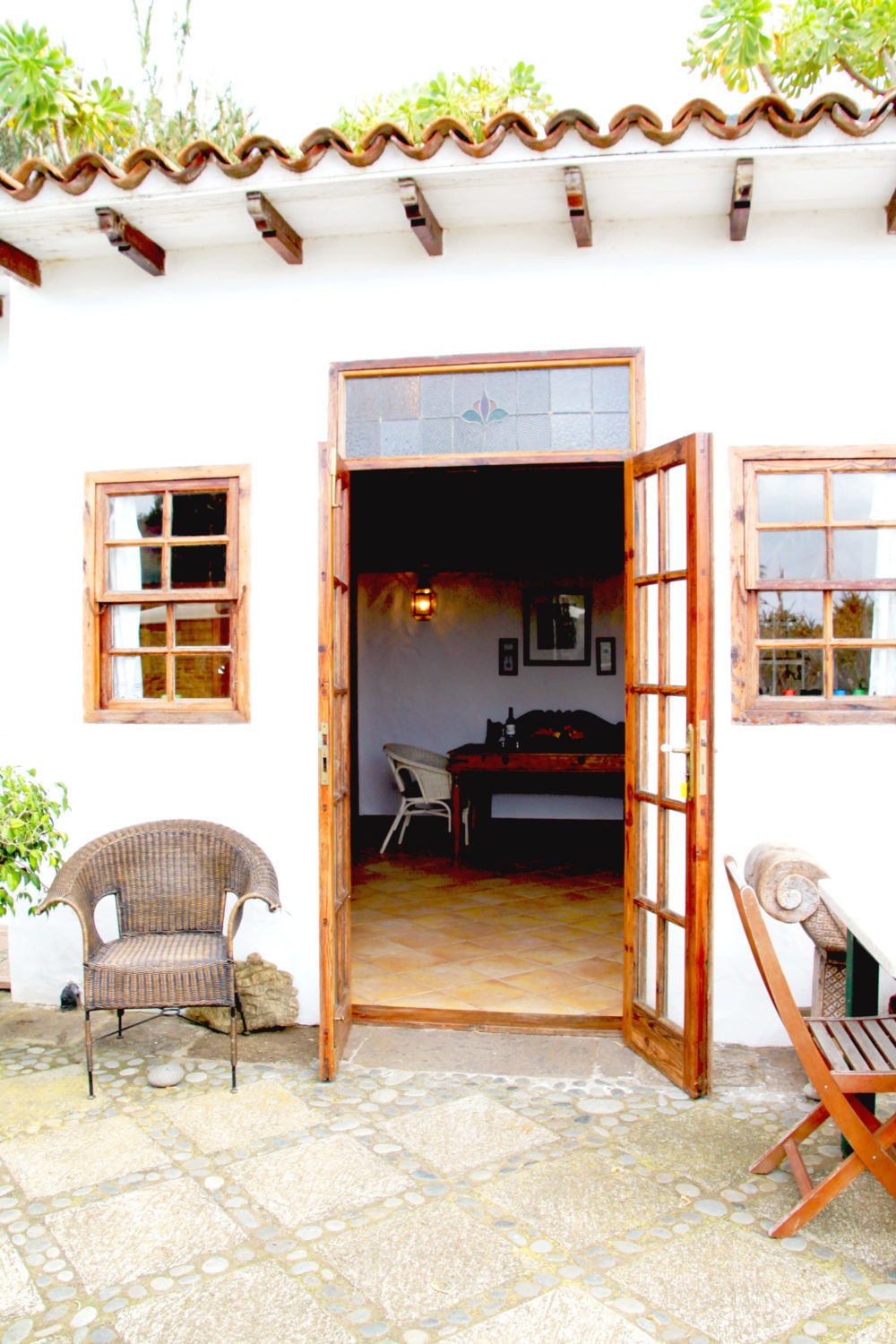Magnolia
MAGNOLIE
Englische Bezeichnung: Magnolia
Spanische Bezeichnung: Magnolia

Family
Magnolia (Magnoliaceae)
Properties:
Bournemouth University announced on 4 April 2007 that the Red List of Magnoliaceae lists 132 of a total of 245 species as endangered. The main causes of the threat are considered to be the destruction of the natural habitats of magnolias for agriculture as well as their excessive exploitation.
Exploitation:
Magnolias are highly prized as ornamental trees, mainly because of their large, showy flowers. Some species such as Magnolia officinalis are used medicinally in traditional Chinese medicine or serve as food, for example the species Magnolia cylindrica and Magnolia hedyosperma.
The older a magnolia tree is, the more luxuriant its flowers.
It was named after Pierre Magnol, a French botanist.
The genus dates back to the Cretaceous period (over 100 million years ago). They grew in prehistoric forests, also in Germany, before the glaciers of the Ice Age pushed them back into warmer regions.
Magnolias are only slightly poisonous, the alkaloid magnoflorine is mainly found in the bark and wood.
Familia
Magnolia (Magnoliaceae)
Propiedades:
La Universidad de Bournemouth anunció el 4 de abril de 2007 que la Lista Roja de Magnoliáceas incluye 132 de un total de 245 especies en peligro de extinción. Se considera que las principales causas de la amenaza son la destrucción de los hábitats naturales de las magnolias para la agricultura, así como su explotación excesiva.
Explotación:
Las magnolias son muy apreciadas como árboles ornamentales, principalmente por sus grandes y vistosas flores. Algunas especies, como la Magnolia officinalis, se utilizan con fines medicinales en la medicina tradicional china o sirven como alimento, por ejemplo las especies Magnolia cylindrica y Magnolia hedyosperma.
Cuanto más viejo es un magnolio, más exuberantes son sus flores.
Su nombre se debe a Pierre Magnol, un botánico francés.
El género se remonta al período Cretácico (hace más de 100 millones de años). Crecían en los bosques prehistóricos, también en Alemania, antes de que los glaciares de la Edad de Hielo los empujaran hacia regiones más cálidas.
Las magnolias son sólo ligeramente venenosas, el alcaloide magnoflorina se encuentra principalmente en la corteza y la madera.
Familie
Magnoliengewächse (Magnoliaceae)
Wissenswertes:
Die Bournemouth University teilte am 4. April 2007 mit, die Rote Liste der Magnoliengewächse führe 132 von insgesamt 245 Arten als gefährdet. Als Hauptursachen der Bedrohung werden die Zerstörung der natürlichen Lebensräume der Magnolien für die Landwirtschaft sowie deren übermäßige Ausbeutung angesehen.
Nutzung
Magnolien werden vor allem aufgrund ihrer großen, auffälligen Blüten als Ziergehölze sehr geschätzt. Einige Arten wie Magnolia officinalis werden arzneilich in der Traditionellen chinesischen Medizin verwendet oder dienen als Nahrungsmittel, so die Arten Magnolia cylindrica und Magnolia hedyosperma
Je älter ein Magnolienbaum ist, desto üppiger wächst seine Blütenpracht.
Namensgeber ist Pierre Magnol, ein französischer Botaniker.
Die Gattung reicht bis in die Kreidezeit (über 100 Mio. Jahre) zurück. Sie wuchsen in prähistorischen Wäldern auch in Deutschland, bevor die Gletscher der Eiszeit sie in wärmere Gegenden zurück drängten.
Magnolien gelten als nur leicht giftig, das Alkaloid Magnoflorin findet sich hauptsächlich in Rinde und im Holz






































